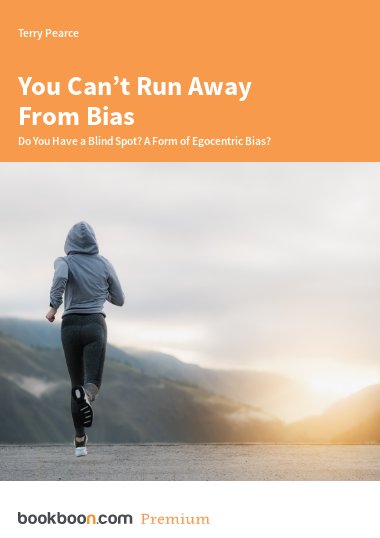Cognitive biases are extremely well-researched. This is partly because it’s fairly easy to test for the existence of biases in decision-making. We can set up an experiment so that if a significant number of people choose a particular option, the bias is clear. For example, Kahneman and Tversky conducted a famous 1979 study that asked participants to choose between two options with the same expected value, such as:
A 100 percent chance of gaining 50 dollars
A 50 percent chance of gaining 100 dollars
We say that these have the same expected value because the gains made by people choosing between these options will—on average—be the same no matter which option they choose. In practice, when talking about gains, people choose the certain gain over the risky one. An analysis of questions like this led to the formation of prospect theory, which among other things suggests that people tend to value certainty - certainty bias. This remains true even when the expected value of an uncertain option is higher, for example if we offered a 100 percent chance of gaining 45 dollars versus a 50 percent chance of gaining 100 dollars. There are sometimes debates around the cause of bias—why do we behave that way? There are often debates around context—will the circumstances change the bias? Answers to these questions are not always easy. Discussion of cognitive bias is often an attempt to place the clear results of the studies in context: to help us to make sense, and use, of findings about bias in everyday life.
As you read this article, consider that most people believe they are less susceptible to bias than the average person. Which, if you think about it for a moment, is impossible - exactly half of people are less susceptible than average. This is bias blind spot, a form of egocentric bias: the tendency for people to recognise the impact of bias on others, while underestimating the impact of bias on their own judgement.
Your brain evolved the same way as everyone else’s. Your brain—on average—takes the same shortcuts as others. Most of the biases we will look at almost certainly affect your thinking and your decision-making at least some of the time. While you cannot change those facts, you can take steps to learn about bias: to learn to recognise when biases may affect your thinking and take steps to correct any more serious errors in decision-making that may result.
Similarly, cognitive bias affects everyone around you. If you expect everyone around you to always behave and decide rationally, you will be disappointed. You may also miss opportunities to consider people’s biases when influencing and interacting with them.
If you instead take steps to recognise when biases are likely to affect people’s decisions, and plan for it, you will be better able to take decisions and actions that are accepted and welcomed by others, and that work with how people really think and behave.
If you want to find out more about this topic, please follow this link.


